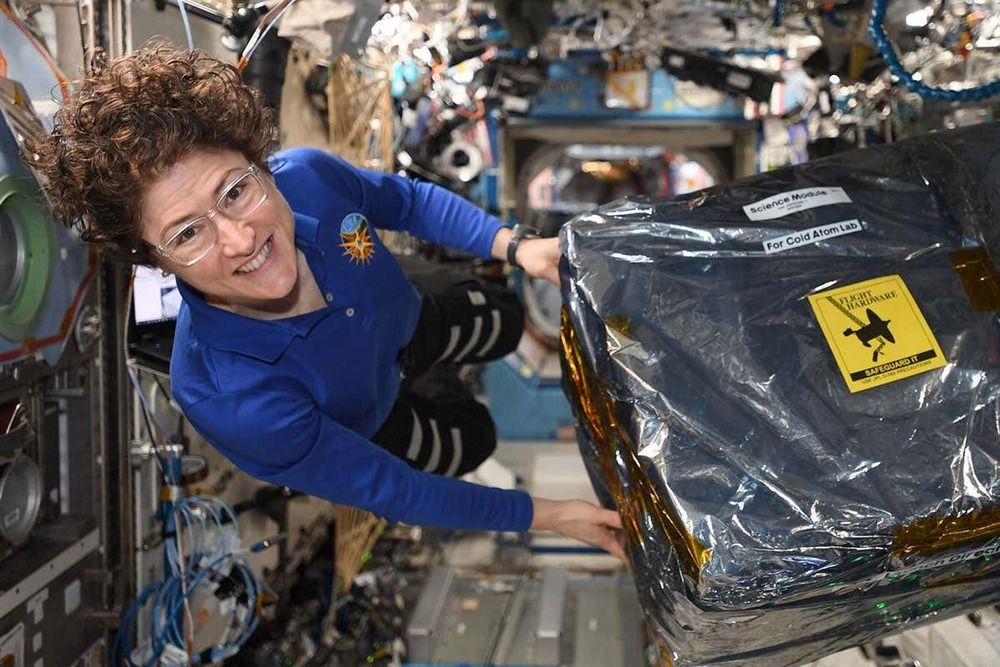Circa 2019 o,.0.
How did the universe evolve from a point of singularity, known as the Big Bang, into a massive structure whose boundaries seem limitless? New clues and insight into the evolution of the universe have recently been provided by an international team of physicists, who performed the most detailed large-scale simulation of the universe to date.
The researchers made their own universe in a box — a cube of space spanning more than 230 million light-years across. Previous cosmological simulations were either very detailed but spanned a small volume or less detailed across large volumes. The new simulation, known as TNG50, managed to combine the best of two worlds, producing a large-scale replica of the cosmos while, at the same time, allowing for unprecedented computational resolution.
The level of detail is incredible, matching what was once only possible to do in simulations of individual galaxies. TNG50, in fact, tracks 20 billion particles representing dark matter, stars, cosmic gas, magnetic fields, and supermassive black holes.







